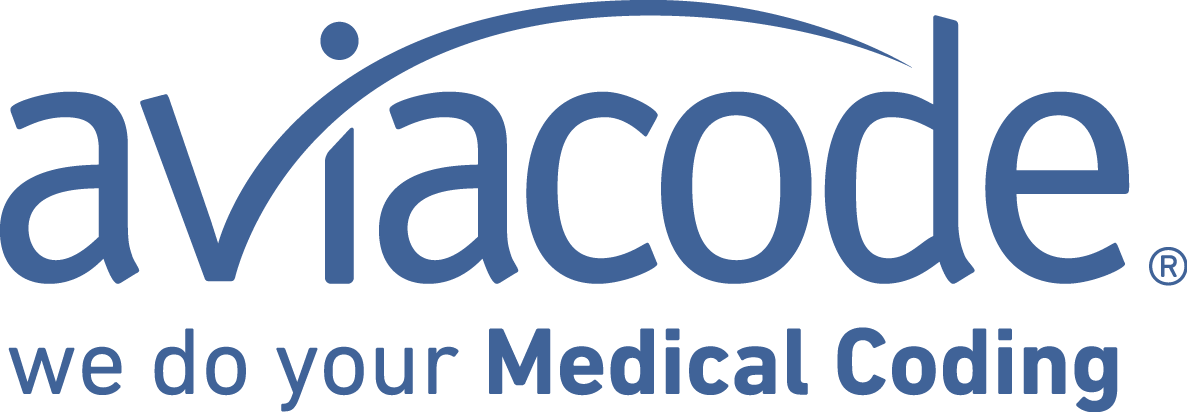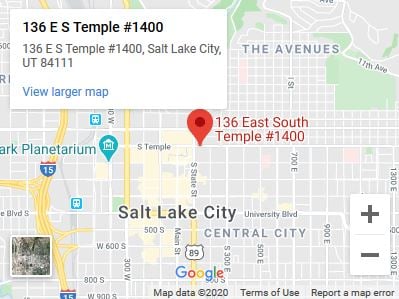
The Centers for Medicare & Medicaid Services (CMS) announced the 2021 Medicare Physician Fee Schedule Final Rule that implemented evaluation and management (E/M) CPT code revisions effective January 1, 2021. The E/M code changes increased the work relative value units (wRVUs). However, because all fee schedule changes are required by law to be budget neutral, CMS decreased the conversion factor (CF) used in the fee schedule, resulting in lower reimbursement for other services. Additionally, CMS introduced two new codes, which may result in a new coding audit focus. And telehealth resulting in more than 60 services being added were among some of the other changes in the 2,165 page final rule.
Most notable among the changes is in regards to new patients. As noted by AAPC, "99201: The 2021 CPT® code set will not include new patient level 1 code 99201. The revised code descriptors for the remaining office and outpatient E/M codes use Medical Decision-Making (MDM) or time to dictate code selection. Code 99201 requires straightforward MDM, the same as 99202, and having two codes requiring the same level of MDM would be redundant." CMS noted in the fee schedule preamble that history and physical examination (H&P) requirements were outdated. Therefore, as long as the H&P is documented, medical decision making (MDM) and time are more important to determine the selection of the appropriate E/M level. As such, the elements of the Revised E/M Codes no longer require the documentation of how many body systems are involved. Additionally, AAPC notes that: "99202-99205: In 2021, new patient codes 99202-99205 will no longer require the 3 key components or reference typical face-to-face time. Instead, each service includes “a medically appropriate history and/or examination,” and code selection will be based on the MDM level or total time spent on that date."
The Medical Decision-Making (MDM) must meet two out of three elements or the use of total time for each encounter to drive code levels. These three elements that make up MDM in 2021 include: the number and/or complexity of problems addressed, the amount of data and/or the complexity of data to be reviewed and analyzed, and the risk of complications and/or the morbidity or mortality of patient management. The levels of MDM are the same in name from current guidelines, and are the same for both new and established patients. These levels will still be Straightforward, Low, Moderate, and High in 2021.
Coinciding with these new codes, the wRVUs were increased for the Revised E/M Codes. The wRVUs account for the time, technical skill, and effort involved in providing a service. Because all CMS fee schedule changes must be budget neutral, CMS decreased the CF that is multiplied by the applicable relative value units (including the wRVUs), which is used to calculate the level of reimbursement, by 10.2%. The physician fee schedule conversion factor for 2021 is $32.41, down 10.2 percent from $36.09 in 2020.
The resulting impact is that practices whose volume is based primarily on established patient visit E/M codes (99212 through 99215) will see the most significant increase in Medicare revenue. However, the CF's negative adjustment to the remainder of the CPT and HCPCS codes will have a negative impact on reimbursement for practices generating the majority of their revenue from procedural services, such as surgical specialties. This will be true not only for Medicare reimbursement, but reimbursements from commercial payers that base their fee schedules or payment methodologies on the Medicare provider fee schedule.
Two new codes were introduced. CMS introduced two new codes, which need to be carefully implemented and monitored for coding audits: E/M code 99417 for prolonged service is to be used for time (in 15-minute increments) spent in excess of the time associated with a level 5 visit; HCPCS code GPC1X to designate visit complexity is to be used as a modifier with E/M codes 99202 through 99215 related to complex ongoing care.
Regarding telehealth as noted by ICD10Monitor, the final rule adds more than 60 services to Medicare's telehealth list, ensuring that they're covered beyond the end of the COVID-19 public health emergency (PHE). CMS stated that "these additions allow beneficiaries in rural areas who are in a medical facility … to continue to have access to telehealth services, such as certain types of emergency department visits, therapy services, and critical care services."
2021 is a year of continued change in the industry. Being abreast of current rules is critical to ensuring a predictable and expected reimbursement revenue stream. Aviacode has experienced AAPC and AHIMA certified medical coders ready to provide outsourced coding support to health systems, hospitals, physician groups, and payers of all sizes.


